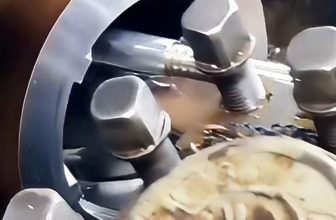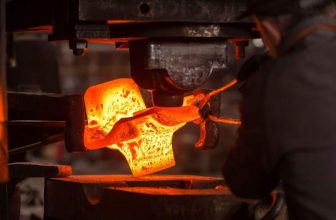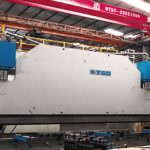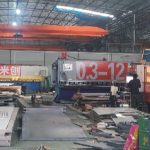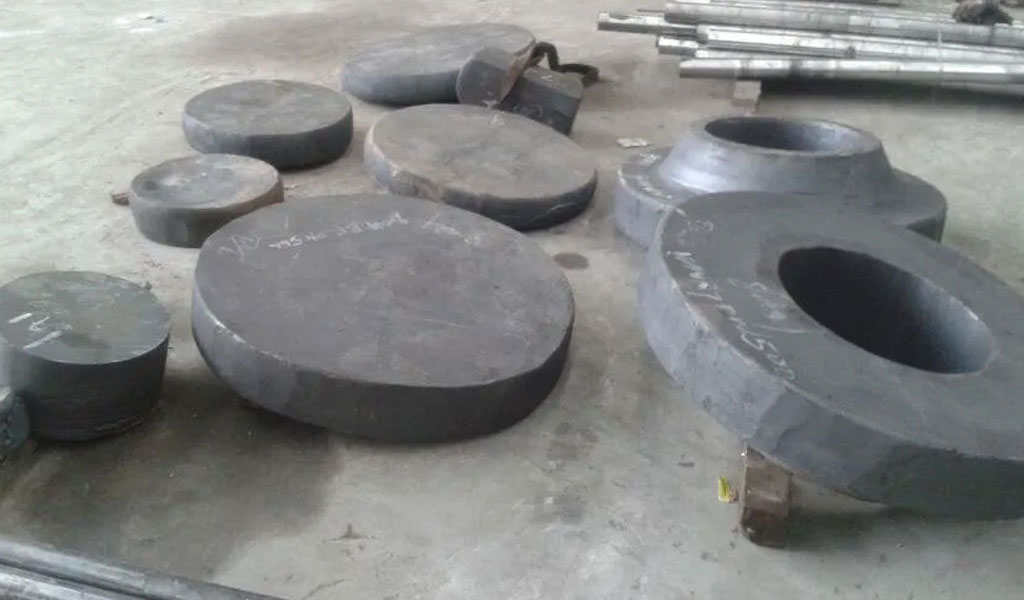
What is the processing flow of pie-shaped forgings? Pie-shaped satin is also called short shaft forgings. Its processing flow is divided into ordinary forgings, high hub deep hole forgings and high rib thin-walled complex forgings according to their forming difficulty. In three cases, the processing flow is generally upsetting, vertical upsetting to remove gasification skin, and final forging. Let’s take a closer look at the relevant introduction in this regard.
1. Processing flow of ordinary pie-shaped forgings:
Such forgings, such as gears, flanges, Shiyu shafts, etc., have relatively simple shapes. The oxide skin on the cylindrical surface of the blank is removed by upsetting, and then the blank is turned 90° to stand up and lightly upset to remove the oxide skin on the end surface. The diameter of the blank after upsetting should exceed the spokes and reach the middle of the rim, so as not to fold and to fill the hub. The diameter of the pie-shaped forgings is large, and two forging hammers can be used for joint forging in the case that the upsetting table cannot be arranged on one forging bar. One hammer for upsetting and the other for final forging. Under the premise of not affecting the fullness of the forging, the upsetting diameter is as close to the final forging as possible, so that the positioning of the blank in the final forging is accurate and folding can be avoided.
2. Processing flow of high wheel deep hole pie-shaped forgings:
During the processing of this type of forging, in order to facilitate the positioning of the blank in the final forging neck and fill the hub, the upsetting forming step is added, the concave hole is pre-forged, and the final forging is performed after turning 180°.
3. Processing flow of rib thin-walled pie-shaped forgings:
In order to ensure that the forgings are full or avoid folding, such forgings need to improve the metal flow conditions and use pre-forging steps. For rings with larger diameters, folds may occur without pre-forging. After pre-forging, the forming conditions are improved. However, sometimes it cannot be arranged on one forging hammer, and it is necessary to use two forging hammers for joint forging.
What are the processing procedures of pie-shaped forgings? The above is the relevant introduction in this regard, I hope it will be helpful to everyone.



